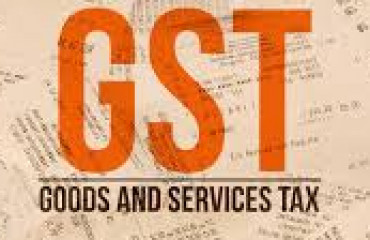Real policy rates are still negative, inflationary expectations need to cool, and the logic of treating inflation primarily as a problem of excessive money supply was why a target was adopted in the first place. We need to rein it in

Real policy rates are still negative, inflationary expectations need to cool, and the logic of treating inflation primarily as a problem of excessive money supply was why a target was adopted in the first place. We need to rein it in
India's economic recovery has kept up its pace over the summer. As reported on Monday, our manufacturing purchasing managers' index climbed to an eight-month high of 56.4 in July from 53.9 in June. A reading above 50 indicates expansion, while one below that cut-off reflects a contraction. This news comes on the heels of data on core sector output, which grew a solid 12.7% in June. Also, the goods and services tax mop-up for July has shown a 28% jump from a year ago to ₹1.49 trillion. With our economy's wheels turning at this rate, the Reserve Bank of India (RBI) should be more confident about unveiling further policy rate hikes to fight inflation, which is expected to stay above its comfort zone for most of 2022-23. The odds of a half-percentage-point increase in its repo rate on Friday look stronger. Sure, rapid tightening risks hurting our economic momentum. Also, much of this bout of rising prices is supply driven and may thus be less sensitive to tighter credit. But real policy rates are still negative, inflationary expectations need to cool, and the logic of treating inflation primarily as a problem of excessive money supply was why a target was adopted in the first place. We need to rein it in.
